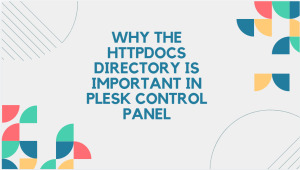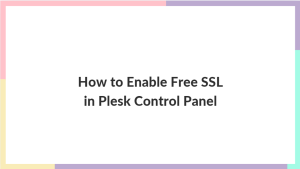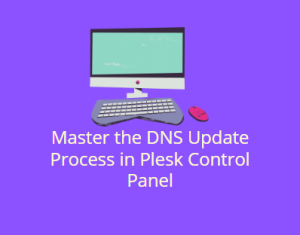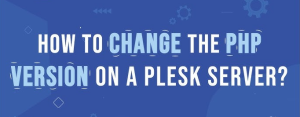
WordPress is a powerful and popular content management system (CMS) that allows users to create and manage websites easily. However, like any software, it can run into issues from time to time. One common problem WordPress users might encounter is the “max_execution_time” fatal error. This error occurs when a script runs longer than the server‘s allowed maximum execution time. In this guide, we’ll explore what causes this error and how to fix it using simple, easy-to-follow steps.
Table of Contents
What Is the max execution time Error?

The max execution time setting in PHP determines how long a script is allowed to run before it is terminated by the server. This is a safety feature to prevent poorly written scripts from running indefinitely and crashing the server. The default value for max execution time is usually 30 seconds.
When WordPress tries to execute a script that takes longer than the allowed time, it throws a fatal error like this:
Fatal error: Maximum execution time of 30 seconds exceeded in /path/to/your/file.php on line 123
This error can occur during various operations such as:
- Installing or updating plugins and themes
- Importing or exporting data
- Running heavy scripts or database queries
Causes of WordPress max execution time Fatal Error
The max execution time fatal error in WordPress can be frustrating and disruptive. Understanding the root causes of this error is essential for effectively troubleshooting and resolving it. This error occurs when a PHP script takes longer than the allowed maximum execution time to complete. Below are the primary causes of this issue:
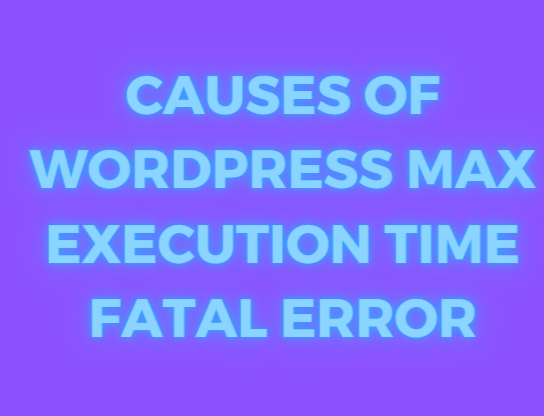
1. Large or Complex Imports/Exports
When importing or exporting large amounts of data, such as posts, pages, users, or media files, the process can exceed the server’s execution time limit. This is particularly common with large WordPress sites that have extensive databases and media libraries.
2. Plugin or Theme Updates
Updating plugins or themes, especially those with significant changes or complex update processes, can cause the script to run longer than the max execution time limit. If the update involves database migrations or extensive file operations, it can easily exceed the default time limit.
3. Heavy Plugins or Themes
Some plugins or themes are resource-intensive and can significantly increase the load on your server. For example, plugins that perform complex calculations, extensive data processing, or heavy background tasks can cause the script to exceed the execution time.
4. Poorly Coded Plugins or Themes
Plugins or themes that are not optimized or poorly coded can lead to performance issues. Inefficient code, such as poorly optimized database queries or excessive looping, can cause scripts to take longer to execute, resulting in the max execution time error.
5. Large Database Operations
Performing large database operations, such as bulk updates, deletions, or complex queries, can exceed the execution time limit. This is especially true for sites with large databases and complex relationships between data.
6. Content Management Tasks
Tasks like regenerating thumbnails, converting media formats, or bulk editing posts can be time-consuming. These tasks often involve processing a large number of files or database entries, which can exceed the execution time limit.
7. Server Performance Issues
The performance of your server can significantly impact the execution time of scripts. If your server is under heavy load, has limited resources, or is experiencing performance issues, even simple tasks can take longer than usual, leading to the max execution time error.
8. Inadequate Hosting Plan
Shared hosting plans often come with strict limits on execution time and other resources. If your site is hosted on a low-tier plan, these limits can easily be exceeded by routine operations, causing the error to occur more frequently.
9. Custom Scripts and Functions
Custom scripts or functions added to your theme’s functions.php file or via custom plugins can also cause this error. If these scripts are not optimized or involve heavy processing, they can exceed the execution time limit.
10. Third-Party API Requests
If your site relies on third-party APIs for data fetching or other operations, delays or timeouts in these API responses can cause your script to run longer than allowed, leading to the max execution time error.
How to Fix the max execution time Error
There are several ways to fix the max execution time error in WordPress. Here are the most common methods:

- Edit the .htaccess File
- Edit the php.ini File
- Edit the wp-config.php File
- Contact Your Hosting Provider
Let’s go through each method step by step.
Method 1: Edit the .htaccess File
The .htaccess file is a configuration file used by Apache web servers. You can increase the max execution time by adding a line of code to this file.
Locate the .htaccess File
The .htaccess file is located in the root directory of your WordPress installation. You can access it via FTP or your web host’s file manager.
Edit the .htaccess File
Open the .htaccess file in a text editor and add the following line at the end of the file:
php_value max_execution_time 300
This sets the maximum execution time to 300 seconds (5 minutes). You can adjust this value as needed.
Save the Changes
Save the file and upload it back to the server if you are using FTP. Refresh your website to see if the error is resolved.
Method 2: Edit the php.ini File
The php.ini file is the main configuration file for PHP. If you have access to this file, you can increase the max execution time directly.
- Locate the php.ini FileThe
php.inifile is usually located in the root directory of your server or in the PHP installation directory. If you are on shared hosting, you might not have access to this file. - Edit the php.ini FileOpen the
php.inifile in a text editor and find the line that reads:
max_execution_time = 30
Change the value to a higher number, such as 300
max_execution_time = 300 - Save the ChangesSave the file and restart your web server if you have the necessary permissions. This will apply the new settings. Refresh your website to check if the error is fixed.
Method 3: Edit the wp-config.php File
The wp-config.php file is a configuration file specific to WordPress. You can add a line of code to this file to increase the max execution time.
- Locate the wp-config.php FileThe
wp-config.phpfile is located in the root directory of your WordPress installation. - Edit the wp-config.php FileOpen the
wp-config.phpfile in a text editor and add the following line near the beginning of the file, after the opening<?phptag:
set_time_limit(300);
This sets the maximum execution time to 300 seconds (5 minutes). Adjust this value if needed. - Save the ChangesSave the file and upload it back to the server if you are using FTP. Refresh your website to see if the error is resolved.
Method 4: Contact Your Hosting Provider
If you are on shared hosting or do not have access to the necessary configuration files, you may need to contact your hosting provider for assistance. Explain the issue and request an increase in the max_execution_time setting. Most hosting providers are familiar with this request and can make the necessary changes for you.
Additional Tips Preventing max execution time Errors
Understanding the causes of the max execution time error can help you take proactive steps to mitigate and prevent it:
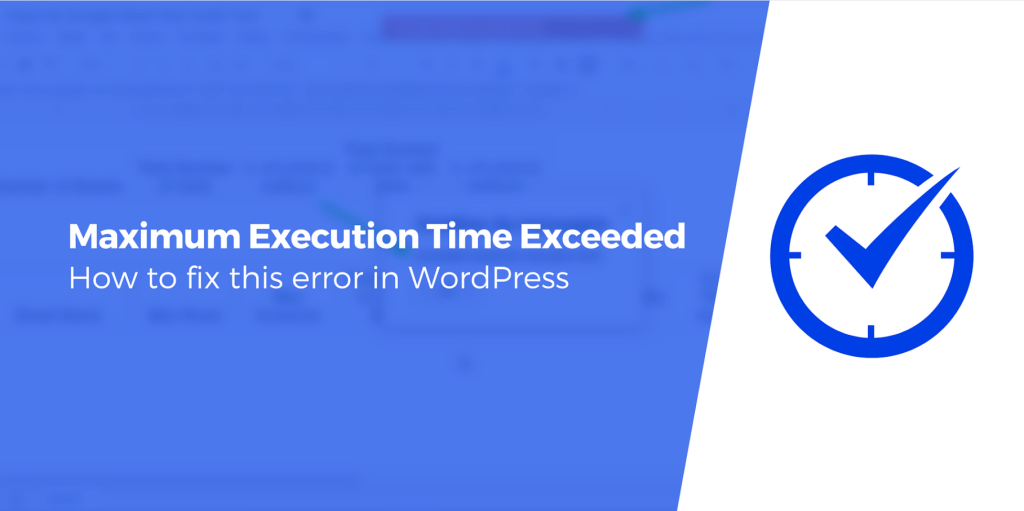
- Optimize Plugins and Themes
- Choose well-coded, optimized plugins and themes.
- Regularly update them to benefit from performance improvements and bug fixes.
- Deactivate and delete unnecessary plugins.
- Optimize Database
- Regularly clean and optimize your database using plugins like WP-Optimize or WP-Sweep.
- Use efficient queries and avoid unnecessary data processing.
- Increase max execution time
- Increase the
max execution timelimit in your server configuration files, such as.htaccess,php.ini, orwp-config.php.
- Increase the
- Upgrade Hosting Plan
- If you frequently encounter this error, consider upgrading to a better hosting plan, such as managed WordPress hosting or a VPS.
- Use Caching
- Implement caching on your site using plugins like W3 Total Cache or WP Super Cache to reduce server load and improve performance.
- Optimize Media
- Use image optimization plugins like Smush or ShortPixel to reduce the size of your images, ensuring faster load times and less processing time.
- Break Down Tasks
- For large operations like imports, exports, or content management tasks, break them down into smaller batches to avoid exceeding the execution time limit.
By identifying the specific causes of the max execution time error on your WordPress site and implementing these mitigation strategies, you can significantly reduce the likelihood of encountering this error and ensure your site runs smoothly.
Conclusion
The max execution time fatal error in WordPress is a common issue that can be resolved with a few simple steps. By increasing the max execution time setting in your server configuration files or contacting your hosting provider, you can eliminate this error and ensure your WordPress site runs smoothly. Additionally, optimizing your website and its components can help prevent such issues from arising in the future.
By following the methods outlined in this guide, you’ll be able to fix the max execution time error and maintain a healthy, efficient WordPress site. Happy blogging!
